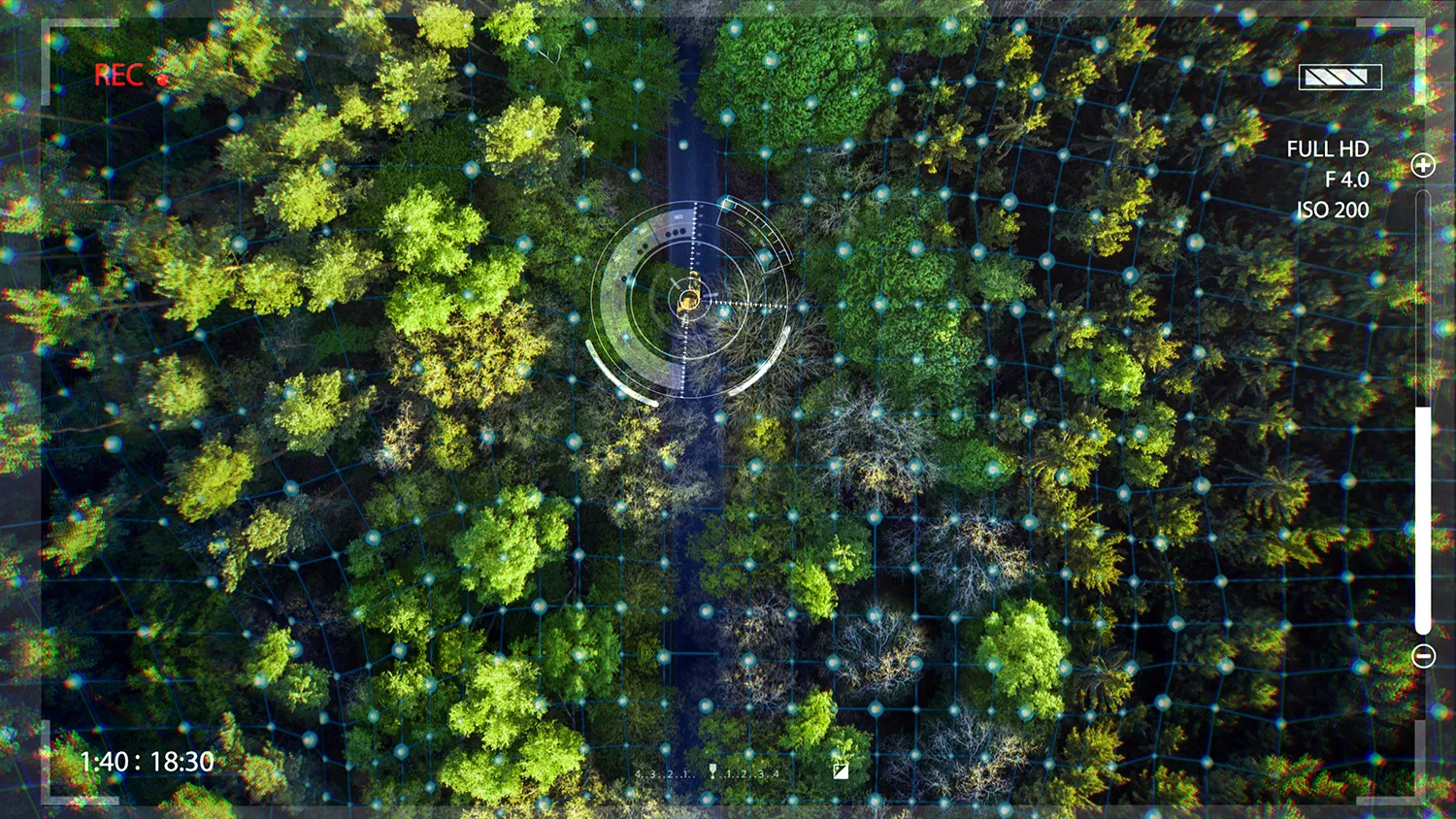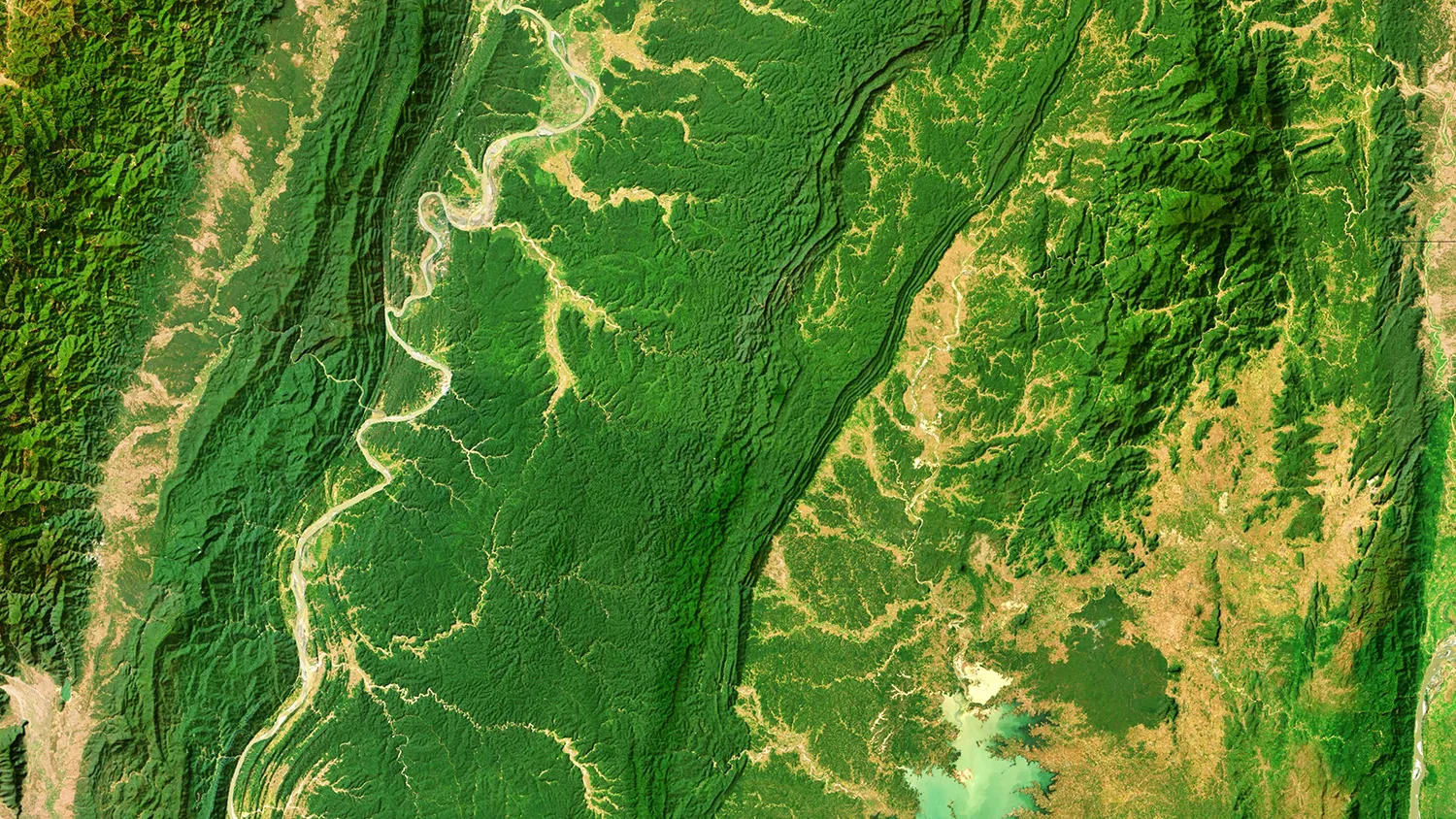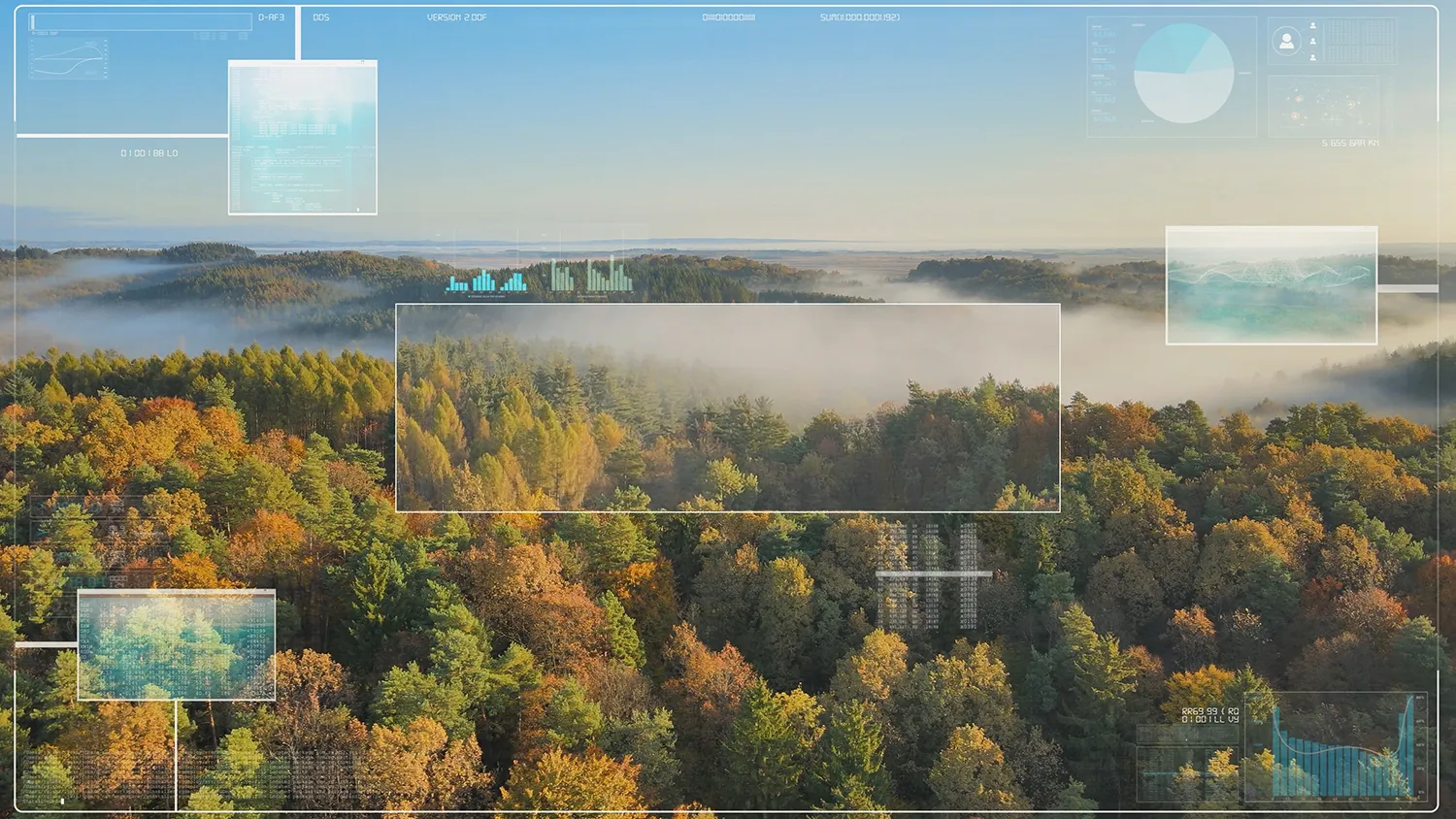Digital Forest: AI Steps In to Protect Nizhny Novgorod’s Ecosystems

A pilot project in Russia’s Nizhny Novgorod Region shows how artificial intelligence can monitor vast forests with unprecedented speed and accuracy, offering new tools for protecting ecosystems from illegal logging and natural disasters.
Unprecedented speed
In just one month of operation, the Digital Forest system analyzed about 4 million hectares of forest—an area impossible to monitor solely with human inspectors. The results are striking: roughly 400 cases of forest cover change were identified, ranging from storm damage to potential violations of forestry laws.
The AI was trained on a dataset of 7,600 satellite images and can recognize even the smallest anomalies in forest cover. It processes huge volumes of data within hours, filtering out minor changes and highlighting only critical cases for specialists. Where illegal logging or storm damage once might have gone unnoticed for weeks, the system now enables near-instantaneous response, improving chances of catching violators and reducing ecological and economic damage.

The platform also estimates possible damages by analyzing incident size and tree species composition.
From satellites to specific violations
The idea of using satellites to monitor forests is not new. In Russia, similar approaches are already applied in Arkhangelsk and Irkutsk regions. Elsewhere, platforms integrate drone and weather sensor data. In Kirov Region, AI pinpoints fire coordinates using feeds from cameras mounted on tall structures.

Digital Forest takes this further by automating the most labor-intensive first stage of analysis. Of the 415 changes detected during the trial, the system automatically classified 379 as natural processes requiring no action—proof of the algorithm’s accuracy and its ability to distinguish normal events from critical threats, saving experts’ time.
From a regional test to a global model
The project has clear global potential, especially for countries with vast, hard-to-control forests such as Canada, Brazil, and Indonesia. Its algorithms can be adapted to different forest ecosystems and integrated into international geodata platforms. Future capabilities could include predicting fire risks, identifying pest outbreaks, and assessing biodiversity.

Digital Forest is more than a regional experiment—it demonstrates how digitalization moves from theory into practice, solving urgent environmental problems. It proves that AI can serve as a real defender of nature. The Nizhny Novgorod trial sends a signal both across Russia and internationally: the future of environmental protection lies in combining satellites, algorithms, and human expertise.










































